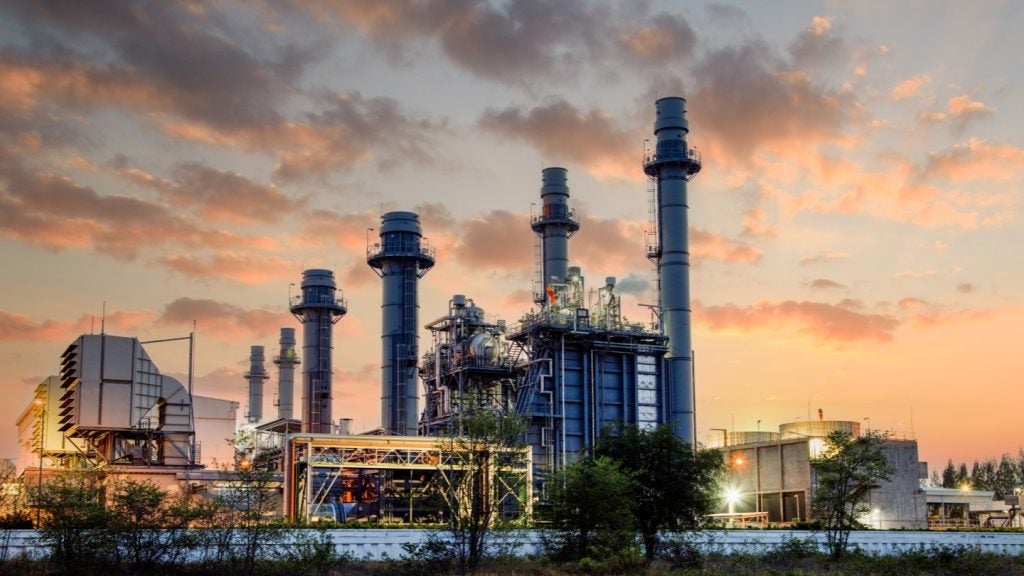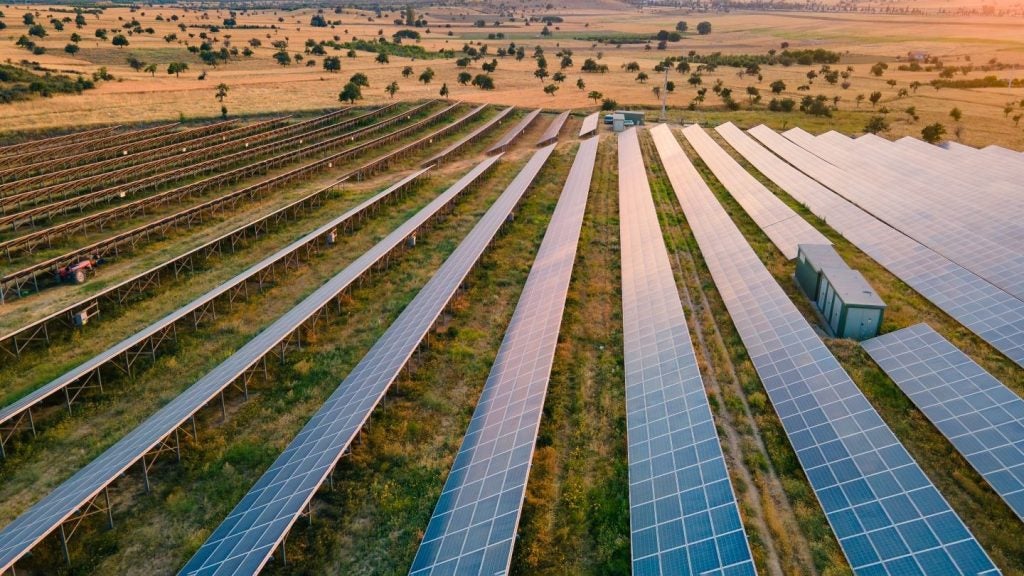
Ahead of COP26, academics from the International Energy Agency (IEA) have outlined their hopes for decarbonising power generation. As part of a week of events stemming from its ‘World Energy Outlook’, agency associates have outlined their hopes as to how the climate conference will change global energy policy.
This year’s Outlook analyses the “rapid but uneven” recovery from the depths of the pandemic. It points to current global supply shortages as a symptom of this, and criticises the rapid recovery of fossil fuel generation.
On the release of the Outlook, IEA president Fatih Birol said: “The world’s hugely encouraging clean energy momentum is running up against the stubborn incumbency of fossil fuels in our energy systems. Governments need to resolve this at COP26 by giving a clear and unmistakeable signal that they are committed to rapidly scaling up the clean and resilient technologies of the future.”
Last year, the paper aimed to outline how countries could use renewable spending to help their economies recover from the pandemic. In 2021, the Outlook aims to “describe key decision points” for COP26 leaders. In recent years, the IEA has sought to position itself as a supporter of a 1.5°C global warming target, and most conclusions in the paper sit in line with this.
IEA modelling shows current carbon pledges by global governments as covering only 20% of the emissions reductions needed to limit global warming to 1.5°C. Closing this gap would require annual investment of nearly $4tn by 2030, with 70% of this coming in developing countries.
In its introduction, the Outlook encourages world leaders to focus on four areas: electrification, energy efficiency, cutting methane emissions, and innovating in clean energy. Report authors write: “All countries need to do more: those with existing net-zero pledges account for about half of the additional reductions, notably China.”
How well do you really know your competitors?
Access the most comprehensive Company Profiles on the market, powered by GlobalData. Save hours of research. Gain competitive edge.

Thank you!
Your download email will arrive shortly
Not ready to buy yet? Download a free sample
We are confident about the unique quality of our Company Profiles. However, we want you to make the most beneficial decision for your business, so we offer a free sample that you can download by submitting the below form
By GlobalDataThe COP26 goal to end all coal
COP26 president Alok Sharma has repeatedly stated his goal of using the conference to “consign coal power to history”. While this process gathers pace in Western economies, developing economies continue to construct massive coal plants, most significantly in China.
The Outlook highlights coal as the key difference between current decarbonisation plans and reaching net zero by 2050. Its authors break down the elimination of coal into another four components: halting new construction, reducing emissions from current operations, meeting the demand for coal generation through other means, and managing the fallout from these changes.
On this point, the Outlook praised a recent announcement by China, which will no longer fund coal projects. The end of state support could remove incentives for up to 190GW of currently-planned coal generation. If all supported projects folded, this would almost halve the current coal construction pipeline.
To reduce the emissions of existing coal, the Outlook suggests fitting plants with carbon capture devices or using other fuels alongside coal. Beyond this, coal must be retired to achieve net zero. However, the report suggests that government support “must be there for those who lose jobs in declining sectors”.
“Reducing fossil fuel use does not address methane quickly enough”
“For the first time, each of the scenarios examined in this World Energy Outlook shows an eventual decline in global oil demand,” the report states. However, the speed and time of this fall varies wildly between different decarbonisation scenarios.
Current legislation would see oil consumption peak “in the mid-2030s”, at 104 million barrels per day, before plateauing toward 2050. For a 1.5°C scenario, oil use would need to have peaked in 2019, falling to 72 million barrels per day by 2030.
Meanwhile, no scenarios sees natural gas peaking before 2025. By 2050, natural gas use would generate 25% of world energy under current policies. Under the IEA 1.5°C scenario, this would need to fall to 11% in the same time frame.
Oil, gas, and coal received scrutiny in the paper not just for the end use emissions, but for methane produced in their production. The Outlook summary states that “methane abatement is not addressed quickly or effectively enough by simply reducing fossil fuel use; concerted efforts from governments and industry are vital to secure the emissions cuts that close nearly 15% of the [between current policies and a 1.5°C future]”.
To reach this target, methane emissions from fossil fuel operations would need to fall by 77% by 2030, and 90% by 2050. Academics from the IEA believe that 45% of these reductions could come at no net cost to producers.
The ambition gap beckons
The paper states that “a $15 per tonne of CO₂-equivalent price to methane emissions from oil and gas operations would be enough to deploy nearly all abatement measures. […] However, abatement opportunities in the coal sector are often less cost-effective than in the oil and gas sector.”
In 2020, Birol crowned solar as the “king of energy”, telling industries that renewable generation made the best economic and moral proposition. This year’s publication praises the continued growth of renewables, despite the pandemic.
Perhaps unsurprisingly, the report pointed toward increasing the rate of renewable development in order to bridge the “ambition gap” between current policies and a 1.5°C future. IEA power sector modeller Thomas Spencer told a panel on Monday that a 1.5°C future would require 800GW of development by 2030. Currently, world governments plan for 470GW in the same time frame.
As seen in previous DNV reports, energy efficiency innovation will quietly play a huge role in decarbonisation. The IEA report predicts that efficiency increases will prevent 1Gt of carbon emissions by 2030 alone.
Hopes and targets for COP26
In a recent speech, Sharma stated that: “The 1.5°C limit will slip out of reach unless we act immediately. To keep 1.5°C alive, we must halve global emissions by 2030. The time for talking is behind us. We need urgent action now. And particularly on power, which accounts for a quarter of global emissions.”
As part of its World Energy Outlook Week, the organisation invited academic and political speakers to share their hopes for the coming conference.
IEA chief energy modeller Laura Cozzi said she was “positively surprised” by how announced decarbonisation policies affected possible emissions scenarios, if fully implemented. These policies allowed for continued economic growth with declining emissions, but still ultimately led to 2.1°C of global warming by 2100.
Under the Paris Agreement, COP26 presents an opportunity for countries to submit new decarbonisation targets to preventing global warming. The panel looked forward to possible net-zero targets for India, though remained uncertain of what time frame these may come in.
Panellists touched on the energy crises currently ongoing in India, China, and Europe, all centring around shortages of fossil fuels. Dr Arunabha Ghosh, CEO of India’s Council on Energy Environment and Water, said India’s difficulties were partly down to “short-term mismanagement” following monsoon season, but also stemmed from a lack of efficiency in the country’s power plants.
He continued: “How quickly can we use our exiting assets more efficiently, and begin to shut down our older plants? And how quickly can we get materials and money into the renewables sector, to demonstrate that previous increases in renewables is just the bottom part of an exponential curve?
“If we are unable to demonstrate these trends this decade, it becomes hard for policy makers to imagine how you will translate that into another three or four decade of decarbonisation.”
Discussing methane reduction, Dr Jan Fuglestvedt, vice-chair of the Intergovernmental Panel on Climate Change’s (IPCC’s) Working Group 1, quoted the IPCC climate change report released this year. He said: “Methane reduction would be a win-win situation, where we can reduce climate change and improve air quality.”
Following other reports drawing similar conclusions, COP26 will likely aim to advance international legislation against methane emissions as a core goal of the conference.
The hazards of new technologies and emerging renewable industries
The World Energy Outlook closes with an inspection of the possible difficulties of reaching 1.5°C. This includes broader geopolitical risks, such as unequal transitions causing environmental tariffs on international trade. The emerging hydrogen market remains largely unknown, while declines in oil and gas could mean imbalance between supply and demand.
This threat of mismatched demand will play into a greater emphasis on energy security. Electrification will mean moving 75,000TWh of energy consumption to electricity from fossil fuels, and greater volatility as a result. Power companies have already started adapting networks to the changing geography of supply, driven by renewable generation.
The report states: “As clean energy transitions progress, system planners will need to ensure that there is a seamless shift from traditional sources of flexibility such as coal and gas plants towards low emissions sources of dispatchable generation, even if they are utilised infrequently.
“Long-duration storage, including in the form of heat, could also play a part by moving excess VRE generation across weeks or months to times of shortage – a function currently performed by short- and long-term gas storage in many countries.”
The increasing complexity of transmission networks, often incorporating energy storage, will mean more energy conversions and a corresponding efficiency loss. Linking power with sectors such as heating will also increase the complexity of systems in ways that regulators cannot currently measure. The Outlook warns that markets and regulators must recognise these links, “in particular those between electricity and various types of gas”.






